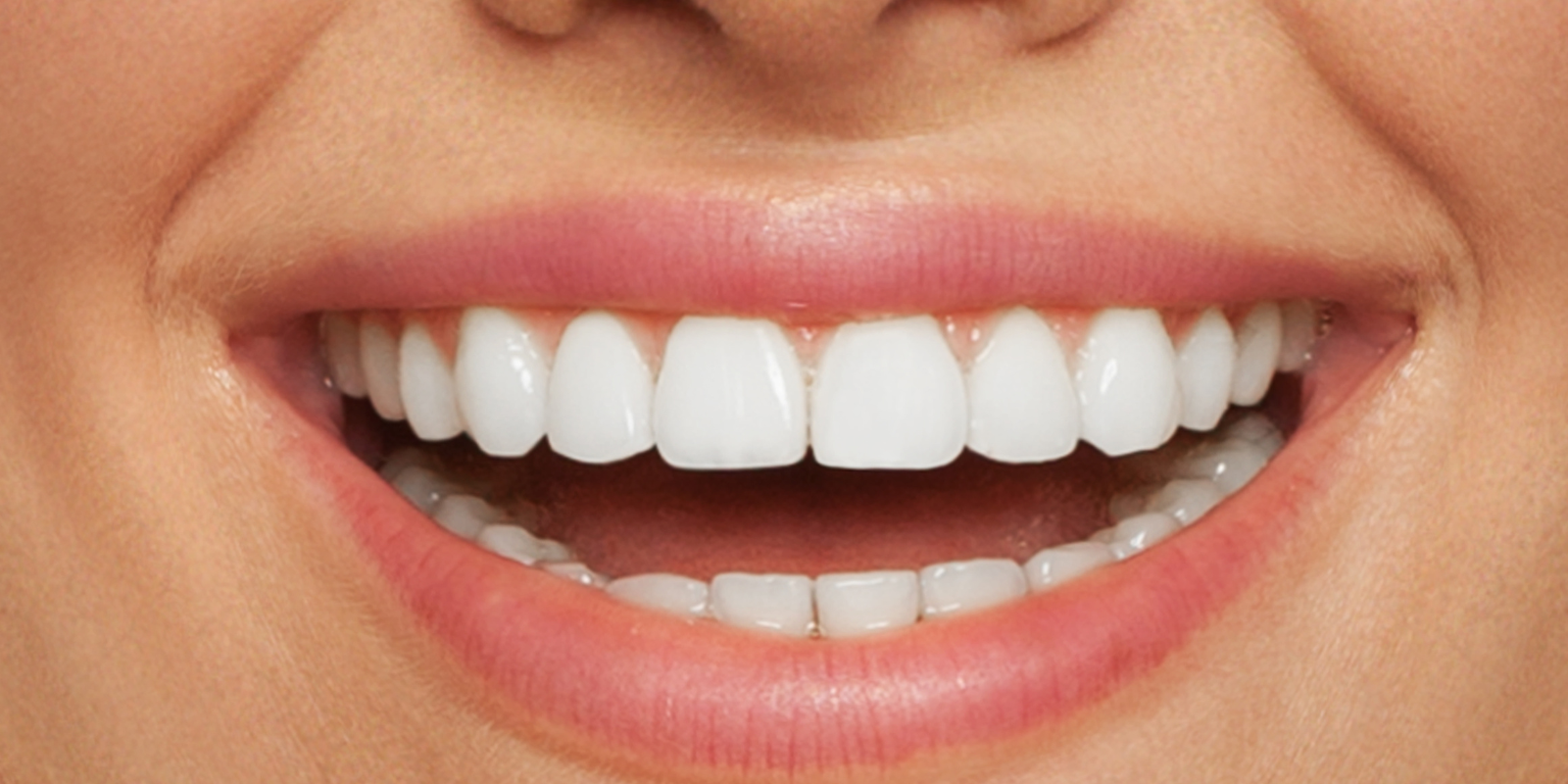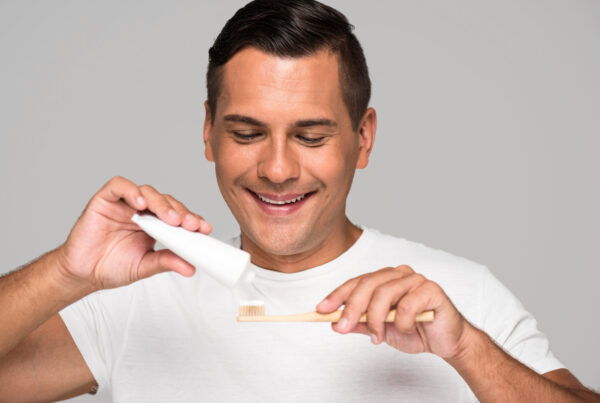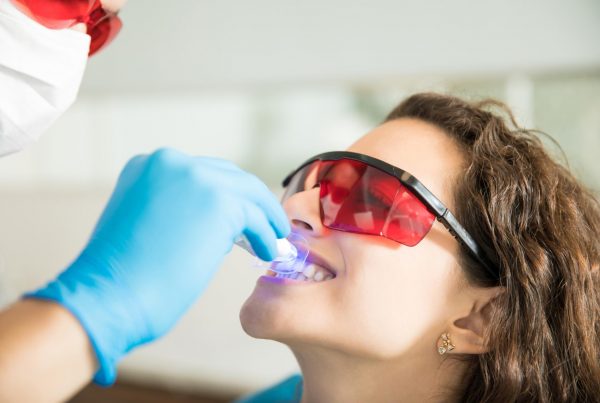White diet – what to eat after teeth whitening and what to avoid to maintain the effect

The teeth whitening process does not end when you leave the dental office. To maintain the effect of a bright smile for as long as possible, you need to follow several important recommendations. One of the most crucial is the white diet, which excludes foods that strongly stain the enamel. What does this dietary approach really involve? What should a white diet include? What can you eat after a teeth whitening procedure? What else should you do to enjoy white teeth longer?
What is the white diet?
The white diet is a nutritional approach that eliminates products containing dyes, even those of natural origin. It is most often followed by people who have undergone a teeth whitening procedure. Its main purpose is to prolong the whitening effect. The white diet should consist mostly of light-colored or white foods that do not affect tooth color. Although it may seem restrictive, it can be quite varied in practice.
How long should you follow the white diet after teeth whitening?
After the whitening treatment, it is recommended to avoid eating and drinking for at least 2 hours. During that time, you should also refrain from chewing gum, brushing, or rinsing your mouth. For the next 48 hours, it’s best to avoid sweet foods and drinks as well. To strengthen the whitening results, it is advised to follow a white diet for up to 14 days after the procedure. If in doubt, always consult your dentist.
Allowed foods – what can you eat on a white diet?
The white diet should be based on meals that do not contain ingredients with strong pigments that could stain your enamel. These include water (without lemon), dairy-based beverages, chicken, turkey, white fish, seafood like shrimp and squid, white rice, white bread, millet and barley groats, plain yogurts, kefirs, milk, white cheese, bananas, coconut, peeled pears and apples, as well as light vegetables like cauliflower, white cabbage, potatoes, zucchini, and peeled cucumbers.
READ MORE: How to relieve pain after teeth whitening?
What not to eat on a white diet
People following a white diet after a professional whitening procedure should avoid sweets, including candy, cookies, and cakes. Spices such as sweet and hot paprika, curry, turmeric, and cinnamon should be excluded. Red meats like pork, beef, veal, and game should be avoided. So should coffee, tea, fruit juices, compotes, dark alcoholic beverages such as red wine, carbonated drinks, fruit yogurts, yellow or smoked cheese, and vegetables like carrots, spinach, tomatoes, and beets. Dark berries and jams made from them should also be avoided, as well as wholegrain bread and dark cereals.
Even after the 14-day white diet period, it’s worth maintaining better eating habits and avoiding highly pigmented foods to preserve your results. If you can’t give up coffee completely, try drinking it through a straw.
Sample white diet meal plan – what to eat after teeth whitening?
Wondering what your daily menu should look like during the white diet? Here’s a sample meal plan for various times of day:
Breakfast
- Scrambled eggs with onions
- Pancakes with cottage cheese
- Oatmeal with yogurt and banana
Second breakfast
- White bread sandwich with ham and peeled cucumber
- Smoothie made from light-colored fruit
- Rice cakes with cottage cheese
Lunch
- Chicken with potatoes
- Turkey with rice and cauliflower
- Baked cod with white asparagus
Afternoon snack
- Yogurt with banana
- Baked celery fries
- Cottage cheese with apple
Dinner
- Garlic butter shrimp
- Baked potatoes with garlic sauce
- Pasta salad with zucchini and tuna
Additional recommendations after professional teeth whitening – what to avoid and how to maintain oral hygiene?
To maintain your whitening results for as long as possible, follow your dentist’s advice and use appropriate hygiene products. A whitening toothpaste with gentle silica and a mouthwash designed for stain prevention can significantly help. These products not only fight discoloration but also prevent new stains from forming.
Clean the interdental spaces regularly using an irrigator or dental floss with silica microbeads to remove plaque and food debris. Avoid smoking, as tobacco smoke can discolor teeth even more than before whitening. Also, try to avoid consuming very hot or very cold food and drinks for a while, as these can trigger sensitivity. If you want to enjoy your favorite beverages, use a straw to minimize contact with your teeth.





